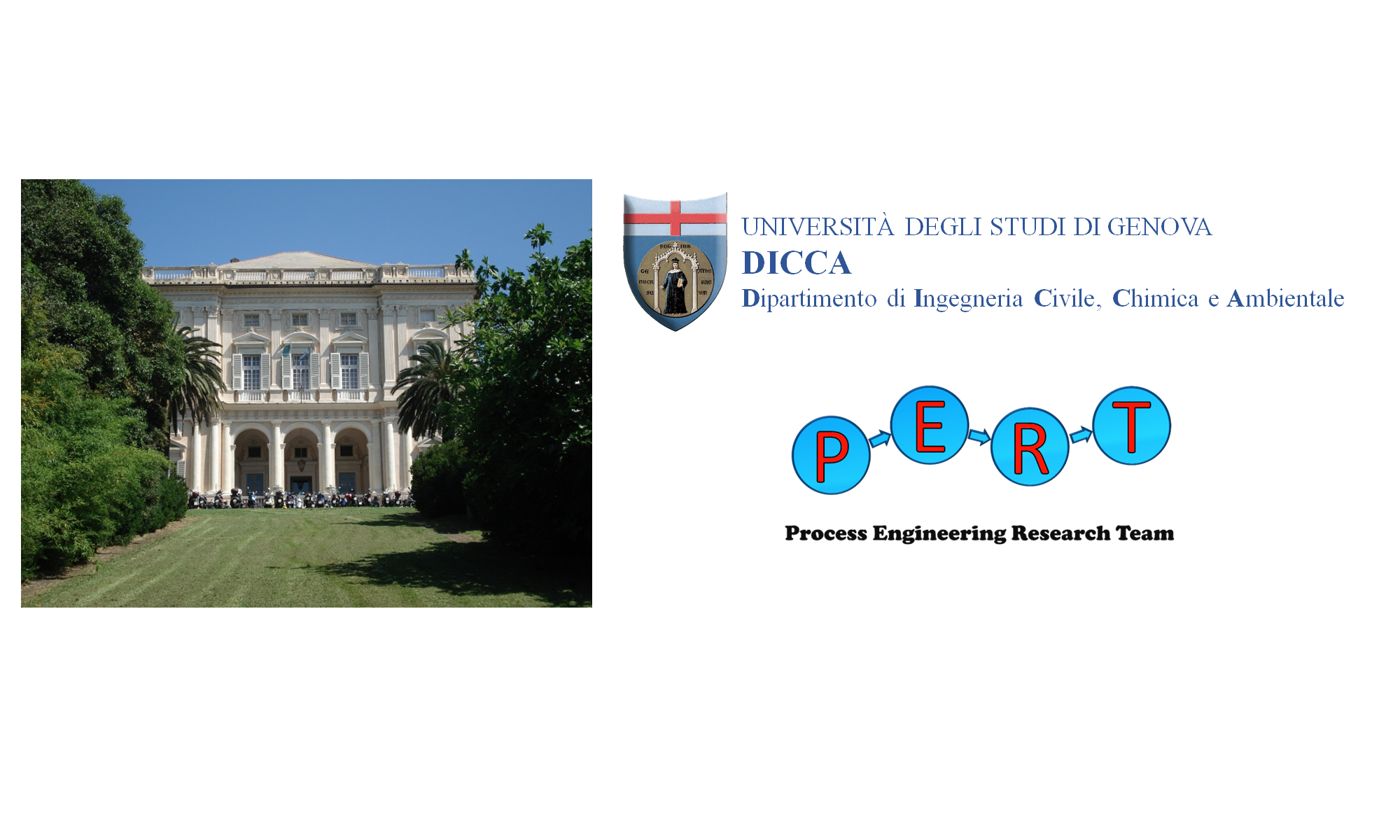ENERGY CO-GENERATION FROM DOMESTIC SEWAGE ANAEROBIC DIGESTION
Around wastewater treatment topic, our research team study the anaerobic digestion process of domestic sewage with appropriated technologies to applied in developing countries. Knowing social and economic characteristics of Latin-American countries, we are propose how adequate a technology which permit to get level of secondary treatment in the actual plants, for example using UASB reactors. UASB reactor (Upflow anaerobic sludge blanket) was developed in the late 1970 in Netherlands. The technology was proposed due to its flexibility, low cost, maintenance and low energy requirements, and it’s application in tropical and subtropical warm countries. The real scale experiences in Brazil and Colombia can guarantee these advantages. Today, our objective country is Perú.
In developing countries, the main objective is the pathogenic removal; in developed countries the treatment should be more efficient to consent the industrial or domestic useful. The UASB technology is ideal to treat domestic wastewater in tropical weather countries, because it can yield 75% of BOD removal, but at the same time it’s not efficient to pathogenic removal, one alternative solution is using UASB reactors combined with facultative lagoons. In this sense, actual plant which are operating only with this kind of primary process seem to be in favour of our proposal. Another great advantage is the possibility to obtain biogas and consequently clean energy. Finally, the quality of effluent can be improved to discharge effluent in the sea or for irrigation purposes, and sub-products can be treated for an energy valorization, for examples, the sludge.
